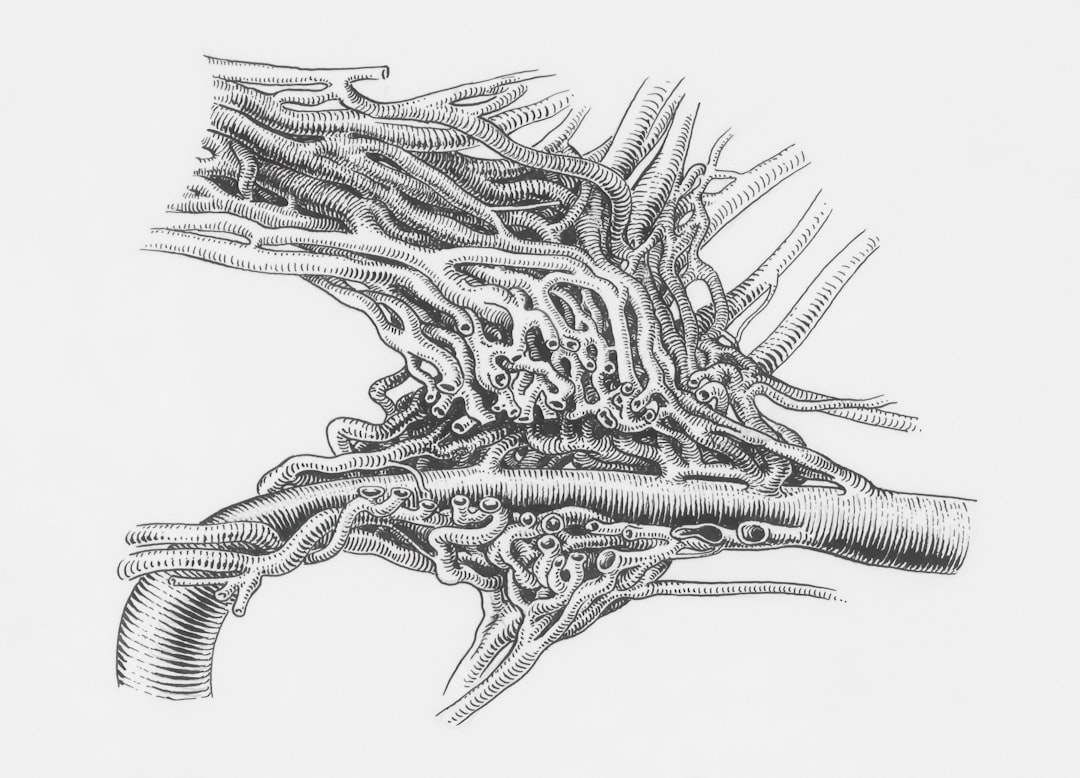Creating an AI (Artificial Intelligence) model with PyTorch is a rewarding experience! Here’s a step-by-step beginner-friendly guide to get you started, covering a simple neural network for classification (like MNIST digit recognition):
Basic Steps to Create AI with PyTorch
1. Install PyTorch
pip install torch torchvision
2. Import Libraries
import torch
import torch.nn as nn
import torch.optim as optim
import torchvision
import torchvision.transforms as transforms
3. Prepare the Dataset
For example, using the MNIST dataset (handwritten digits):
transform = transforms.ToTensor()
train_dataset = torchvision.datasets.MNIST(root='./data', train=True,
transform=transform, download=True)
train_loader = torch.utils.data.DataLoader(train_dataset, batch_size=64, shuffle=True)
test_dataset = torchvision.datasets.MNIST(root='./data', train=False,
transform=transform)
test_loader = torch.utils.data.DataLoader(test_dataset, batch_size=64, shuffle=False)
4. Define the Neural Network
Here's a simple fully connected network:
class SimpleNN(nn.Module):
def __init__(self):
super(SimpleNN, self).__init__()
self.fc1 = nn.Linear(28*28, 512)
self.relu = nn.ReLU()
self.fc2 = nn.Linear(512, 10)
def forward(self, x):
x = x.view(-1, 28*28) # Flatten the image
x = self.fc1(x)
x = self.relu(x)
x = self.fc2(x)
return x
5. Instantiate Model, Loss, Optimizer
model = SimpleNN()
criterion = nn.CrossEntropyLoss()
optimizer = optim.Adam(model.parameters(), lr=0.001)
6. Train the Model
for epoch in range(5): # loop over the dataset multiple times
for images, labels in train_loader:
outputs = model(images)
loss = criterion(outputs, labels)
optimizer.zero_grad()
loss.backward()
optimizer.step()
print(f'Epoch {epoch+1}, Loss: {loss.item()}')
7. Test the Model
correct = 0
total = 0
with torch.no_grad():
for images, labels in test_loader:
outputs = model(images)
_, predicted = torch.max(outputs.data, 1)
total += labels.size(0)
correct += (predicted == labels).sum().item()
print('Accuracy: %d %%' % (100 * correct / total))
Summary
You now have a simple AI for digit classification! The same steps (define dataset, model, loss, optimizer, training loop) apply for much more complex tasks. PyTorch makes it flexible and easy.
